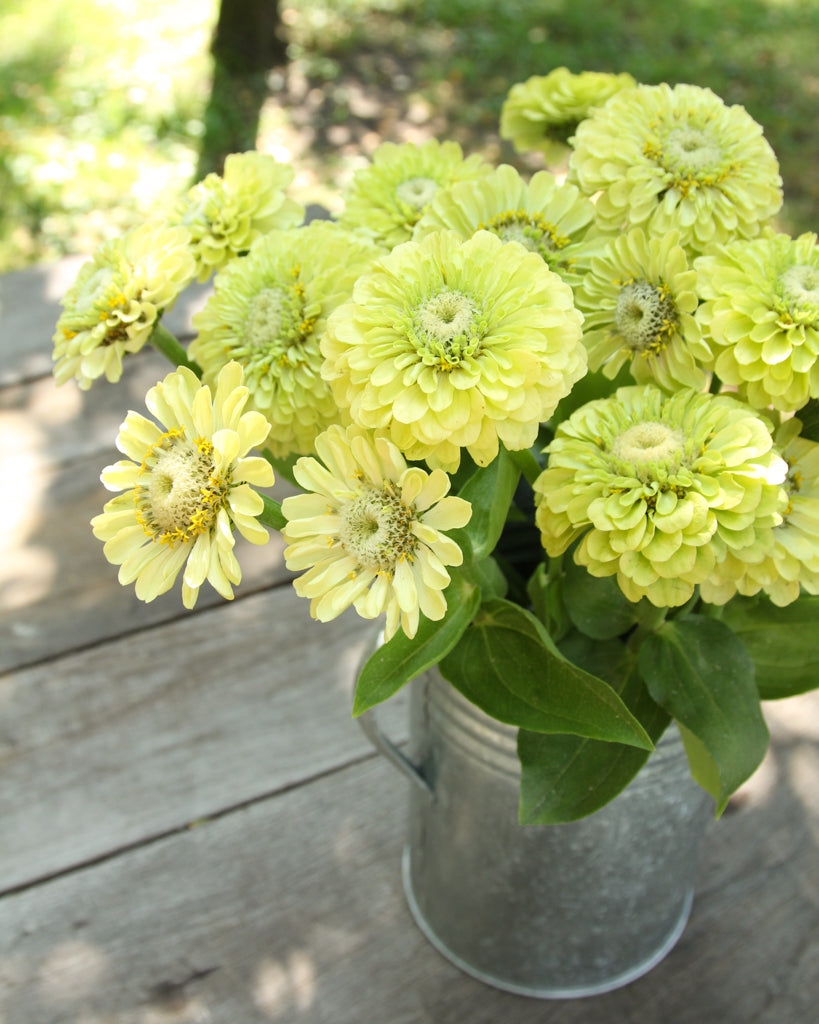Daffodils – and spring begins
Daffodils ring in the gardening season with bells and trumpets. Hardly any other bulbous flower brings such a beautiful spring glow.

Of Goldmarie and Snow White
When you mention daffodils, you immediately hear the sound of daffodils. They are by far the most well-known of the daffodils – we're referring to the large-crowned daffodils, full of luminosity and rich, sunny yellow. But that's not all, because the range of this popular, uncomplicated bulb is vast. The color spectrum ranges from brilliant pure white and delicate cream to refreshing lemon and sunny yellow and even orange.
Welcome to the class reunion
Not only is the color spectrum stunning, but the variety of shapes is also so diverse that daffodils are divided into twelve different classes. There are small- and large-crowned daffodils, as well as trumpet daffodils. They all bear large, single flowers. In recent years, the small-flowered cyclamen daffodils, also known as Cyclamineus daffodils, have gained particular popularity for pot cultivation, with varieties such as 'Tête-à-Tête', 'Jack Snipe', and 'Jetfire', each with one to two flowers per stem.
Multi-flowered, fairytale-like angel's tear daffodils (Narcissus triandrus), jonquils (Narcissus jonquilla), and tazettas (Narcissus tazetta) display between three and twelve blooms per stem. Most exude a honey-sweet fragrance. Entire meadows and lawns become springtime fragrances thanks to poet's daffodils (Narcissus poeticus): they are unmistakable with their striking white petals and small, colorful corollas in the center. Collectors' hearts beat faster at the sight of double-flowered daffodils, rarities such as split-corona daffodils, and historic daffodils.
And then there are the wild species, without which our garden daffodils would not exist; however, you will definitely not find them in garden centers, but can only admire them in their wild habitats in Europe, North Africa, Iran, or Lebanon; such as the crimson daffodil (Narcissus bulbocodium), which you might be lucky enough to discover in western France, Portugal, or northern Spain – and they should definitely stay there, because wild habitats are there to be admired, not plundered!
Where to with you beautiful people?
The general rule is: A single daffodil looks rather lonely and doesn't necessarily mean spring. Therefore, daffodils should always be planted in clusters or bands. Flower nests under light deciduous trees such as serviceberry, witch hazel, or dogwood are just one option. Entire islands of daffodils can be created in the lawn. Daffodils are sure to find a few spots in the perennial border, too. In smaller groups of 3-5 bulbs, they make an appearance among early-emerging perennials such as forget-me-nots, hostas, and lady's mantle. Or plant them in flowerpots, where they herald the balcony and patio season.
Little work – lots of fun
Once planted in the fall, daffodils require little care. To maintain their flowering potential, the bulbs need nutrients. Therefore, when leaves first appear in spring, apply a slow-release mineral fertilizer or natural fertilizer. A fertilizer rich in phosphorus and potassium promotes flower formation for the following year. And importantly, don't cut the leaves off after flowering; let them wilt and shrink, as this is how the bulbs gather strength. Starving bulbs will bloom less or disappear permanently.
Daughter and mother – but not inseparable
The bulbs of older daffodil populations should be dug up and divided after 3-5 years; this maintains their vitality. Daffodils reproduce via daughter bulbs. Once these have developed their own skin to protect them from drying out, they are carefully separated by hand from the mother bulb, including the bulb base, and replanted separately in new locations.
Plant type: hardy bulbous flower
Planting time: from September until the first frosts in November
Flowering time: depending on the variety, early, medium and late flowering from the beginning of March to mid-May
Location: sunny to partially shaded on normal, nutrient-rich garden soil; not too moist, as daffodils do not like wet feet
Care: Fertilize in spring when leaves appear; remove faded flowers; this prevents the bulb from losing unnecessary energy through the formation of fruit and seed buds














